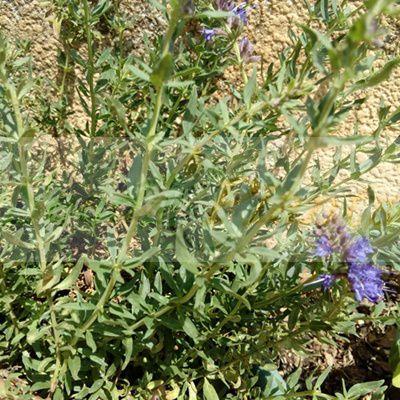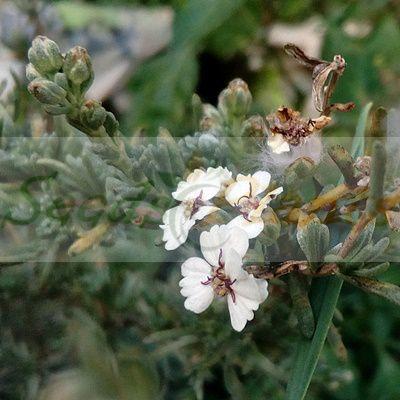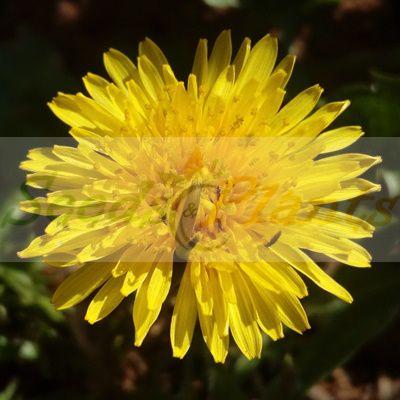🌿 Herbal Quick Facts
Medicinal Info
- 🌍 Origin / Region: Eurasia, North America
- 🌿 Medicinal Part: Flower, Leaf, Root
- 🍵 Herbal Preparation: Infusion / Tea, Ointments/Creams, Poultice
- ⚕️ Healing System: American Traditional Medicine, European Traditional Medicine
Growth Traits
- 🌱 Life Cycle: Perennial
- 🦋 Pollinator Method: Attracts Bees, Attracts Butterflies, Attracts Moths
- 🪴 Growth Habit: Clumping, Upright
- 🌸 Flower Color: Pink
Growing Requirements
- 🌞 Sun Exposure: Full Sun, Partial Shade
- 💧 Water Needs: Regular Water
- ☀️ Growing Conditions: Cold Tolerant, Frost Tolerant, Heat Tolerant, Moist Conditions
- 🟤 Soil Preference: Humus-rich, Loam, Loose, Rich Organic, Sandy, Well-Drained
Willow Herb – 50 Seeds
(Epilobium angustifolium)
R30.00
Willow Herb is a sparsely branched perennial medicinal plant with bright pink flowers which have four notched petals.
Common Names: Willow Herb, Almaruat, Blooming Sally, Bomb Weed, Fireweed, Great Willowherb.
Indoor Sowing: Cold Stratification and then transplant once big enough.
Direct Sowing: Late Autumn.
In stock
🌿 Herbal Quick Facts
Medicinal Info
- 🌍 Origin / Region: Eurasia, North America
- 🌿 Medicinal Part: Flower, Leaf, Root
- 🍵 Herbal Preparation: Infusion / Tea, Ointments/Creams, Poultice
- ⚕️ Healing System: American Traditional Medicine, European Traditional Medicine
Growth Traits
- 🌱 Life Cycle: Perennial
- 🦋 Pollinator Method: Attracts Bees, Attracts Butterflies, Attracts Moths
- 🪴 Growth Habit: Clumping, Upright
- 🌸 Flower Color: Pink
Growing Requirements
- 🌞 Sun Exposure: Full Sun, Partial Shade
- 💧 Water Needs: Regular Water
- ☀️ Growing Conditions: Cold Tolerant, Frost Tolerant, Heat Tolerant, Moist Conditions
- 🟤 Soil Preference: Humus-rich, Loam, Loose, Rich Organic, Sandy, Well-Drained
Willow Herb (Epilobium angustifolium) is a perennial plant. It is a sparsely branched plant with willow-like hairless leaves. The plant produces bright pink flowers which have four notched petals.Flowering takes place in the middle of summer. The flowers are visited by many types of insects and is loved by bees. The seed pods split open to release many wind-dispersed seeds.
Willow herb is the common name for the aerial parts of the plant Epilobium angustifolium L. and/or Epilobium parviflorum Schreb., collected before or during flowering time.
Willow Herb Medicinal Benefits
- It is antispasmodic, astringent, demulcent, emollient, laxative and a tonic.
- It is also remedy for gastro-intestinal and bronchial complaints.
- It can be used to soothe burns, swellings, boils and to treat cuts.
- It is natural source of vitamin A and C.
Growing Willow Herb
Indoor Sowing: Cold Stratification and then transplant once big enough.
Direct Sowing: Late Autumn.
- For indoor sowing, first cold stratify the seeds for 30 days. Then sow the seeds.
- Surface sow the seeds and cover very lightly with soil.
- For direct sowing, sow seeds into the ground in Late Autumn, in an area that offers shade.
- Make sure that the soil remains moist until germination.
- Transplant the Seedlings out in the spring with a spacing of 30 to 60 cm.
- Can also be grown successfully in containers.
- The plants can grow in full sunlight or partial shade.
- Plant in Stony, dry soil with good drainage.
- Optimum soil pH is 6.0 to 7.0.
Does this plant have medicinal uses?
Traditionally, Willow Herb has a history of use in various healing systems, including American Traditional Medicine and European Traditional Medicine. Seeds are sold for cultivation purposes only.
Disclaimer
Medicinal Information:
All medicinal information on this website is for educational and informational purposes only and may not be construed as medical advice. The information is not intended to replace medical advice or treatment offered by healthcare professionals.
Seeds, Plants, Plant Cuttings, Geophytes and Dried Herbs:
In some countries and provinces, certain plants are deemed as invasive and are not allowed to be planted at all, whilst some plants are allowed to be grown only in certain areas or provinces. The onus is on you as the buyer to familiarize yourself with the regulations pertaining to your location, before purchasing any of our seeds, plants, plant cuttings, geophytes or dried herbs. We will not be held liable, should you purchase any seeds, plants, plant cuttings, geophytes or dried herbs. from us which are prohibited in your country or province.


















